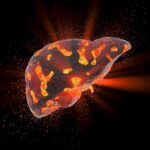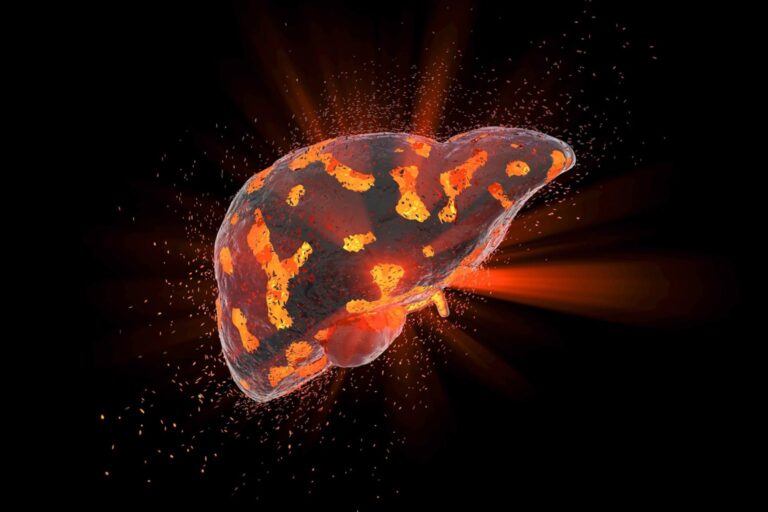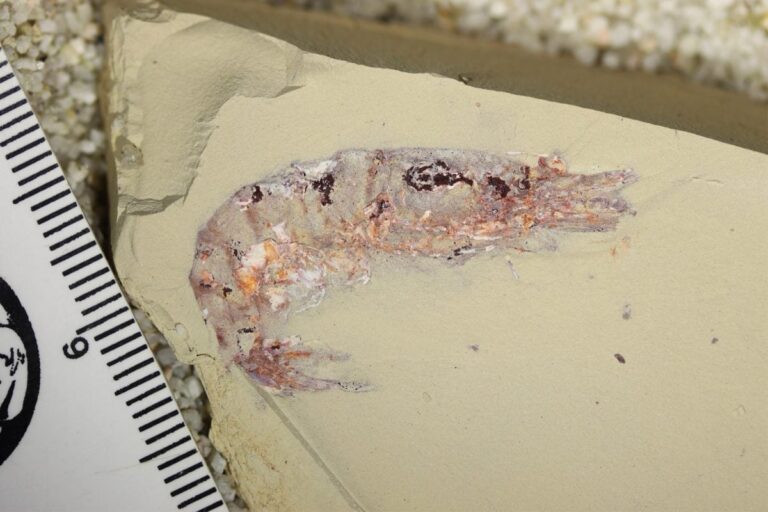Recent studies show Semaglutide, a diabetes and weight loss drug, may help reverse liver disease like NAFLD and NASH. Explore this breakthrough discovery and its impact on liver health.
Liver disease has silently affected millions of people globally, often going undetected until it’s too late. While lifestyle changes and medications offer some relief, true reversal of liver damage has remained elusive—until now. Scientists have made a groundbreaking discovery: Semaglutide, a popular drug used for type 2 diabetes and weight loss, might also reverse liver disease, particularly non-alcoholic fatty liver disease (NAFLD) and non-alcoholic steatohepatitis (NASH).
In this article, we explore the science behind Semaglutide, its newfound benefits for liver health, and what this means for the future of liver disease treatment.
What Is Semaglutide?
Semaglutide is a GLP-1 receptor agonist—a class of drugs designed to mimic the hormone GLP-1, which regulates blood sugar, appetite, and insulin levels. Sold under brand names like Ozempic, Wegovy, and Rybelsus, Semaglutide has become a household name due to its dramatic effects on weight loss and blood sugar control.
Originally developed for people with type 2 diabetes, it has recently gained FDA approval for chronic weight management in obese or overweight adults. Now, researchers are discovering that it may be effective far beyond weight and glucose regulation—including a potential role in reversing liver damage.
SEO Keywords: Semaglutide liver disease, Semaglutide NAFLD, Semaglutide for NASH, reversing fatty liver, Ozempic liver benefits
Understanding NAFLD and NASH: The Modern Liver Epidemic
What Is NAFLD?
Non-Alcoholic Fatty Liver Disease (NAFLD) is the accumulation of fat in the liver unrelated to alcohol consumption. It’s currently one of the most common liver conditions worldwide, affecting nearly 1 in 3 adults.
What Is NASH?
When NAFLD progresses, it can lead to Non-Alcoholic Steatohepatitis (NASH)—a more severe condition involving inflammation and liver cell damage, which can progress to fibrosis, cirrhosis, or even liver cancer.
Key Risk Factors:
Obesity
Type 2 diabetes
High cholesterol or triglycerides
Poor diet
Sedentary lifestyle
Until now, there have been no FDA-approved treatments specifically for NAFLD or NASH. Doctors typically recommend weight loss, exercise, and managing blood sugar. But what if a medication could help reverse liver damage directly?
The Semaglutide Breakthrough: What the Science Says
Key Research Findings:
Several clinical trials and early-stage studies have shown promising results for Semaglutide in reversing liver damage:
Weight Loss-Induced Liver Fat Reduction:
In multiple studies, patients on Semaglutide lost 10–15% of their body weight, leading to a significant reduction in liver fat, a critical marker for NAFLD.
Histological Improvements in NASH:
A 2021 study published in The New England Journal of Medicine found that 59% of patients with NASH who took Semaglutide no longer showed signs of liver inflammation—compared to just 17% in the placebo group.
Improved Insulin Sensitivity and Reduced Fibrosis Progression:
Semaglutide improves insulin resistance, a key driver of fat buildup in the liver. Some studies have also shown reduced progression of liver scarring (fibrosis).
Why This Matters:
Until now, patients with NASH had to rely solely on lifestyle changes, which can be difficult to sustain. Semaglutide offers a medical intervention that works on multiple levels—weight loss, insulin resistance, and liver inflammation—all of which are key drivers of liver disease.
How Semaglutide Works to Help the Liver
Semaglutide’s liver-healing potential lies in its multi-pronged effects:
Reduces Appetite and Promotes Weight Loss: Less body fat means less fat stored in the liver.
Improves Metabolism and Blood Sugar Control: This reduces insulin resistance, a major driver of fatty liver.
Lowers Inflammation: Chronic liver inflammation can lead to fibrosis. Semaglutide lowers liver enzymes, indicating reduced inflammation.
Reduces Liver Fat Content: MRI studies show reduced hepatic fat content after weeks on Semaglutide.
Is Semaglutide a Cure for Liver Disease?
While Semaglutide shows extraordinary promise, it’s not a standalone cure—yet. Here’s why:
Long-term effects are still under study.
Not all patients with NAFLD/NASH respond equally.
Semaglutide is expensive and may not be covered by all insurance plans for liver disease treatment.
Lifestyle changes are still necessary to maximize results.
Still, for patients with limited options, this is the most exciting development in decades.
Who Should Consider Semaglutide for Liver Health?
Semaglutide may be considered for:
Patients with confirmed NAFLD or NASH
Obese individuals at high risk for liver disease
Type 2 diabetes patients with liver-related complications
People unable to lose weight despite lifestyle changes
Always consult a hepatologist or endocrinologist before starting Semaglutide for off-label uses like NAFLD/NASH.
Side Effects and Risks
While generally well-tolerated, Semaglutide can have side effects:
Nausea or vomiting
Diarrhea or constipation
Fatigue
Rare: pancreatitis, gallbladder issues
These typically lessen over time, and most users report improved quality of life due to weight loss and better energy levels.
The Future of Liver Disease Treatment
The discovery of Semaglutide’s liver health benefits is a game-changer. With new drugs in development, such as tirzepatide and other GLP-1 agonists, the era of medical treatments for fatty liver disease has begun.
This marks a hopeful shift from a time when weight loss was the only hope, to a future where science offers a powerful assist.
Final Thoughts
Liver disease is a silent but growing epidemic, especially among obese and diabetic individuals. The emerging research around Semaglutide offers a beacon of hope, suggesting that reversing liver damage is no longer just a dream.
If you or someone you know is struggling with NAFLD or NASH, now is the time to speak to a healthcare provider. With drugs like Semaglutide and a commitment to healthy living, recovery and reversal may be within reach.
FAQs
Q1: Can Semaglutide completely reverse fatty liver disease?
A: In many cases, yes—especially when combined with weight loss and a healthy lifestyle. However, results vary depending on the stage of liver damage.
Q2: Is Semaglutide FDA-approved for liver disease?
A: Not yet. It is approved for type 2 diabetes and weight loss, but off-label use for NAFLD/NASH is being studied and recommended by some specialists.
Q3: How long before Semaglutide improves liver health?
A: Studies show improvements in liver fat and enzymes within 12 to 24 weeks of use.
Reversing Liver Disease? Scientists Discover New Health Benefit of Semaglutide
















+ There are no comments
Add yours